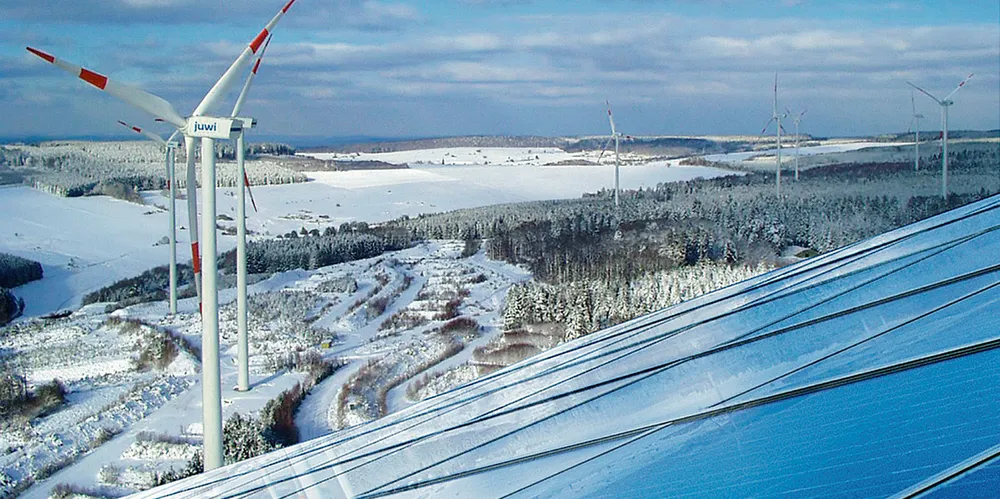Global renewables spend to hit $3.4trn by 2030 powered by wind and solar: report
Analysts Frost & Sullivan see 'falling costs and renewables-friendly policies' underpinning surging decentralisation of energy sector

Analysts Frost & Sullivan see 'falling costs and renewables-friendly policies' underpinning surging decentralisation of energy sector
